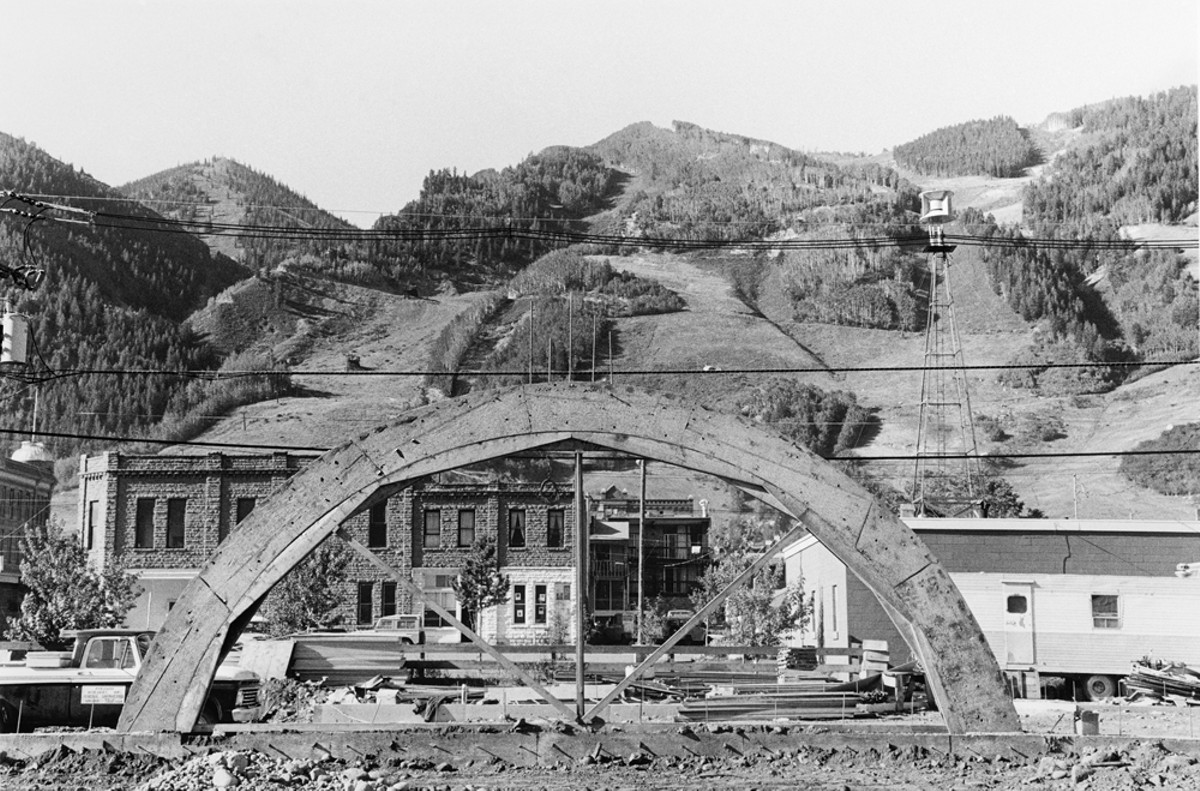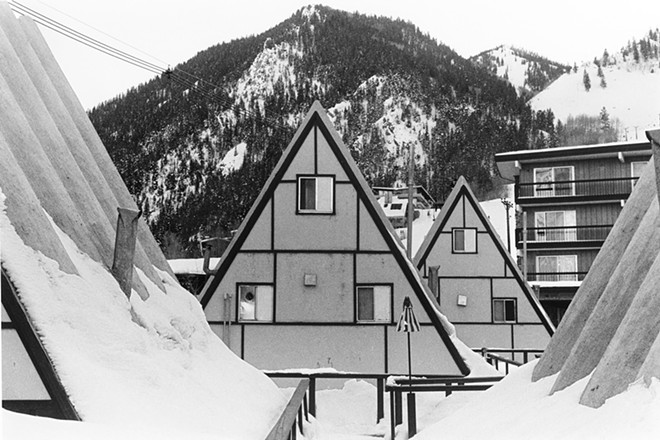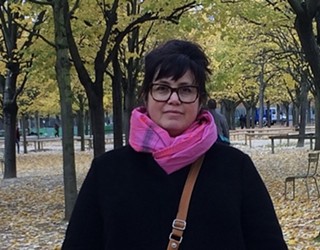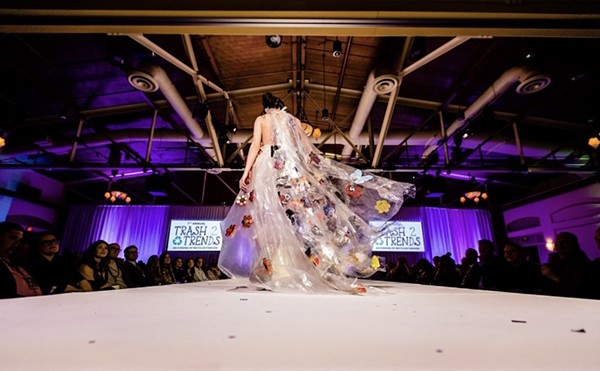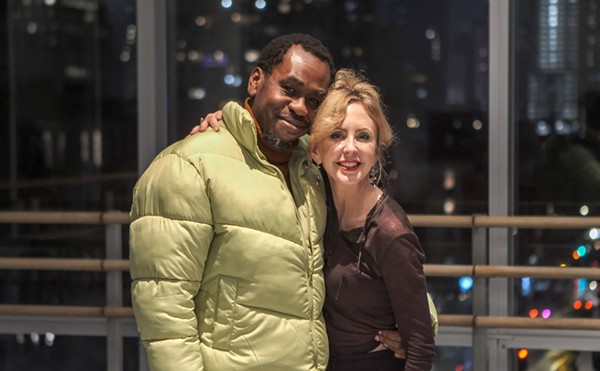What's the difference between a selfie and a self-portrait? What distinguishes a majestic landscape from a humdrum one? Why is this building important, and that one no big deal? In other words, who gets to call it art?
August and revered nature photographers of the Ansel Adams type (see also: David Muench, Clyde Butcher, Frank Smythe) implicitly endorse a certain type of landscape as deserving documentation: sweeping vistas of dramatic geographical formations, beautiful flora and fauna, and above all, a pristine view unspoiled by man or modernity.
Well, bollocks to that ... was the feeling of the New Topographics movement, an artistic school of thought born in the 1970s that questioned why only pure wilderness should merit rigorous artistic attention. Photographs of man-made monuments and built environments can be just as worthy of admiration, they claimed; a drive-in movie screen can soar up into the golden Western sky just as Yosemite's Half Dome does.
An exhibition of Gary Metz's series Quaking Aspen: A Lyric Complaint, a bold declaration of the New Topographers' take on the divide between nature and culture, opens this week at the Southeast Museum of Photography. A notable member of the movement, Metz infused his work with iconoclastic humor: The same sublime light that floods Adams' mountain valleys and waterfalls imbues Metz's ski cabins and telephone poles with aesthetic dignity. And while there is a sly absurdity to presenting these workaday vistas as art, there's also a sincere insistence on the sublimity of the known. Maybe your heart already lifts at the perfect half-hoop of a Quonset hut, or maybe a photograph had to show it to you – what luck these photographers stepped up to limn it for us.
Though "a number of Metz's colleagues received wide recognition for their similar investigations culminating in the seminal 1975 exhibition The New Topographics: Photographs of a Man-Altered Landscape," Metz "never received the same level of acknowledgement," according to the curators of the exhibition, who studied under Metz. Quaking Aspen presents just a fraction of the hundreds of frames Metz shot of Aspen in the '70s. At that time, the architecture to which he turned his attention had not yet morphed into multimillion-dollar ski "cabins" but was still a humble mountain-town vernacular.
In a recent conversation that touched on Marie Kondo's Life-Changing Magic of Tidying Up (because what recent conversation has not), I wondered if maybe Kondo's acknowledgment that some objects "spark joy" and therefore may be kept wasn't perhaps an expression, conscious or not, of the Shinto principle of animism. Animism holds that animals, plants and even inanimate objects can possess spirit, but usually refers to natural objects (stones, etc.); some Japanese folklore extends the possibility of divinity further, to man-made objects (mirrors, umbrellas, teakettles).
Who hasn't felt, come spring-cleaning time, a spark of joy for a beloved teakettle? And who hasn't experienced, on the daily walk to work, a special affection for a favorite building or even a certain oddly shaped paving stone? Maybe, as Metz so ably reveals, it's the distinction between nature and artifice that is truly artificial.

